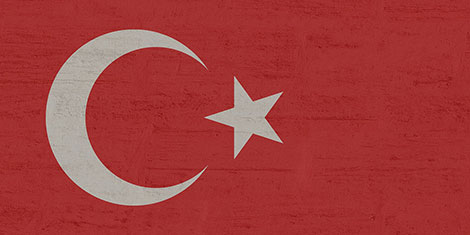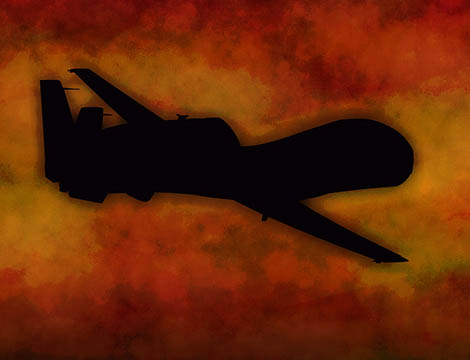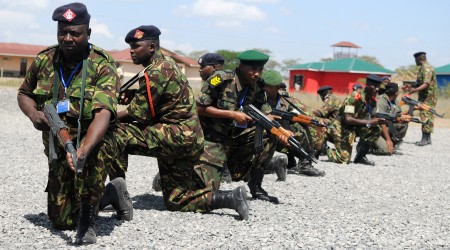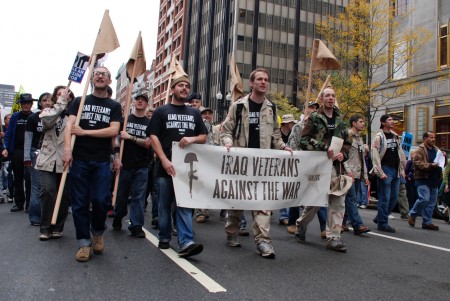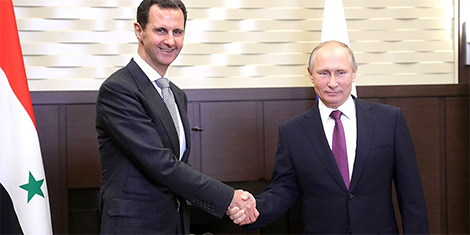
This article was originally published by Geopolitical Futures (GPF) on 23 May 2018.
The era of foreign intervention in Syria is coming to an end – at least that’s what Russian President Vladimir Putin said when Bashar Assad, Syria’s president, visited Sochi last week. Granted, Putin’s statement was ambiguous – “in connection with the significant victories … of the Syrian army … foreign armed forces will be withdrawn from the territory of the Syrian Arab Republic” – but Russia’s Syria envoy clarified the next day that Putin was, in fact, calling on all militaries to vacate the country.

